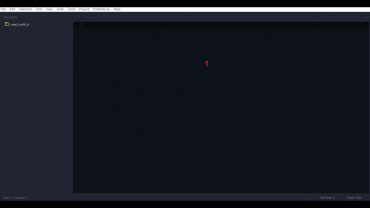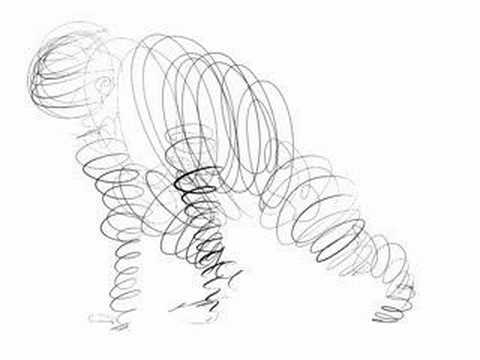How to learn grammar – any grammar!!!
English Grammar is frustrating to remember because there are so many rules — and so many exceptions to the rules! When you learn a new grammar point, it is very important to remember two things: the how we use it and why we use it. I will teach you what you need to remember and give you lots of examples so that you can use your time effectively and learn ANY grammar point!
Take the quiz here: http://www.engvid.com/how-to-learn-any-grammar/
TRANSCRIPT
Hello. Do you have to learn grammar? I have to learn grammar sometimes. I’m a grammar teacher. And I know grammar is really, really difficult sometimes. And it just makes you want to scream, pull your hair out, freak out, and cry sometimes. “I hate grammar.” The reason why grammar is so difficult is because it’s confusing; you have to remember so many rules; and then, there are exceptions to these so many rules; and it’s just really confusing; and it’s very different from your native language or languages, depending on how many you speak. So really, really easy, really effective method to learn any grammar ever in the world. So today’s lesson is how to learn, remember, and use any grammar that is on a test, whether you’re taking TOEFL or TOEIC or IELTS or Cambridge — anything that you have to remember grammar for, this is going to be a godsend for you. It’s going to help you so much. Great. So let’s get into it.
First one, you have two points to remember. That’s it. Two. Done. The first one is the structure. You have to remember and know how the grammar is made. Okay? The second point is how or why do we use this? Why do I need to learn this stupid grammar? Am I ever going to use it in real life? Why would I say this? Why do I need present perfect? Why can’t I just use simple past? Why do I need continuous? Why do I need passive? These are the questions you have to ask two people, one, your teacher, and two, yourself. If you are teaching English and you don’t know structure, and more importantly, how and why, you’ve got some homework to do.
People — students have asked me, “Teacher, why?” “I don’t know.” Just say to them, “I don’t know.” Go look it up. Do some research. Find the answer. The best thing is to find your own answer if you have to do this. So let’s dive into this.
First of all, when I say “structure”, I mean how do you make the grammar? How do you make the sentence? So if I give you the example of present continuous, this is the name of the grammar. If you just remember the name of the grammar, it’s useless. So it comes to the test and it says, “Write a present continuous sentence.” He’s like, “Uh, I know present continuous. How do you make it?”
So the way that I always remember grammar is I always like to use a subject. Now, if you want to replace the word “subject” with any other word like [random sounds] or “dog”, that’s cool. But I like to use “subject” as my beginning.
Then, for present continuous, it’s going to be “to be verb”. But instead of just writing “to be verb”, it really, really helps you if you write out the different forms of the “to be” verb. So for example, “I am”, “he is”, “we are”. Okay?
The second thing — sorry. The last thing in the present continuous that makes the verb continuous is you’re going to have the -ing. So the structure or the form that I like to use for the present continuous is subject + “am”, “is”, “are” + verb + ing. The present continuous also has another name, which is “present progressive”. They’re exactly the same grammar point. The usages are the same. But it’s just a different word for it. Don’t worry. It’s cool. Don’t worry about it.
So next step — we’ve got the structure. Next step, very important, how or why do I use this? Why do I need to use this grammar? Why do I need to learn this grammar? You need to learn it because it’s on your test. But as soon as the test is finished, why would I use this? How would I say this in my life? Answer — actions you are doing now. What are you doing right now? Are you watching a video? I think you are. So maybe you’re watching a video. Maybe you’re eating something. Maybe you’re brushing your teeth. I can’t see you. You can see me. What are you doing? Ah. Okay. Good. So present continuous, as an example, structure, how and why.
Another really, really good thing to do is to write down as many examples as you can. It’s always good to practice the grammar written. Also, talk. Speak. Get a video recorder and talk into it — or tape recorder, digital recorder. Listen to yourself saying the new grammar sentences. It will help you remember if you play it back.
source






